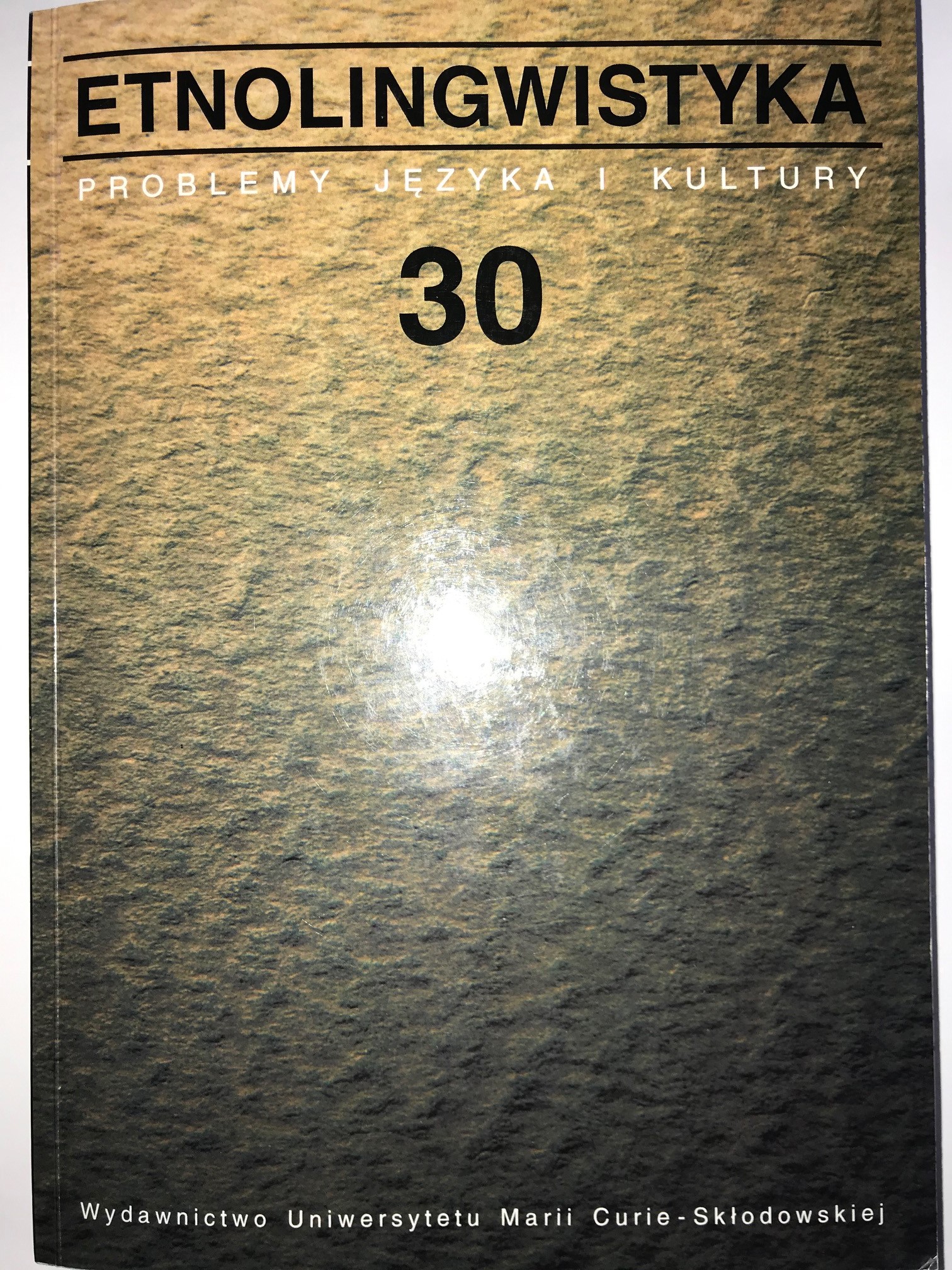(White) lies and (pieux) mensonges: ethnolinguistic elaborations on not telling the truth
(White) lies and (pieux) mensonges: ethnolinguistic elaborations on not telling the truth
Author(s): Bert PeetersSubject(s): Language and Literature Studies
Published by: Wydawnictwo Naukowe Uniwersytetu Marii Curie-Sklodowskiej
Keywords: lying; white lies; pieux mensonges; Natural Semantic Metalanguage; cross-cultural differences
Summary/Abstract: The fact that most European languages have a word similar to the verb lie has led many to believe that lying is a universal cognitive category, that all human beings have an intuitive understanding of what it means to lie, and that all forms of discourse involving a lack of truth can be analysed as forms of lying, wherever they occur. This is a myth. Within Europe itself, there are differences, and these become more outspoken once we move further away. Even a Melanesian creole such as Bislama, in spite of being English-based, has no strict equivalent to the verb lie; the closest it gets is by means of the verb giaman, which, unlike to lie, refers to a fairly common, sometimes even a necessary course of action. On the other hand, whereas, at least from an Anglo point of view, lying is mostly felt to be morally reprehensible, there are instances that are not as straightforward. In English, lies that are deemed less bad than others are often referred to as white lies. Other terms exist, but this one is by far the commonest and has a high degree of cultural salience. Does the concept exist in other languages, e.g. French? The phrase pieux mensonge comes to mind. I propose to show that white lies and pieux mensonges are overlapping categories, but that they carry different connotations, which I will spell out using a tool known as the Natural Semantic Metalanguage.
Journal: Etnolingwistyka. Problemy Języka I Kultury
- Issue Year: 30/2018
- Issue No: 30
- Page Range: 169-188
- Page Count: 20
- Language: English

